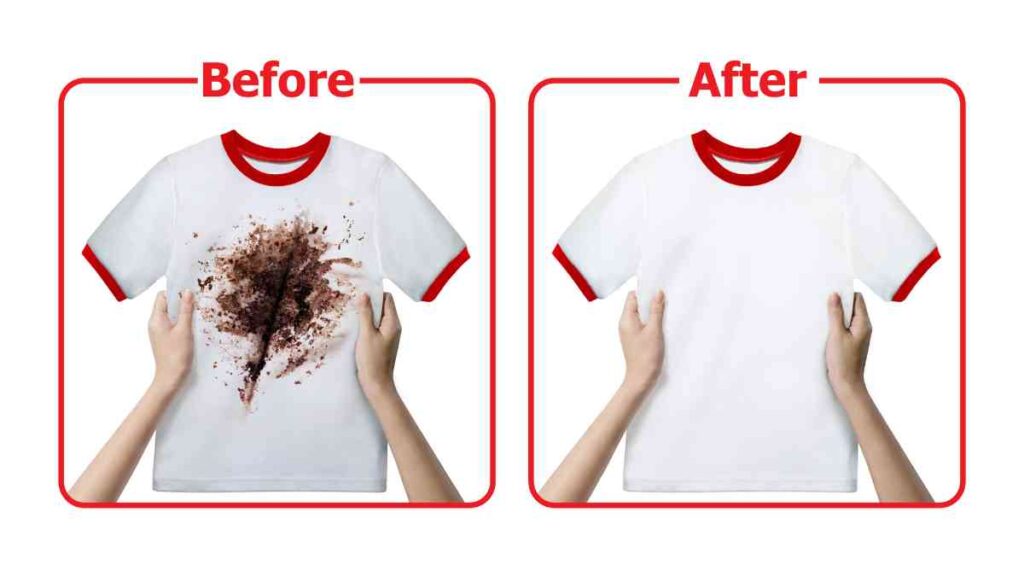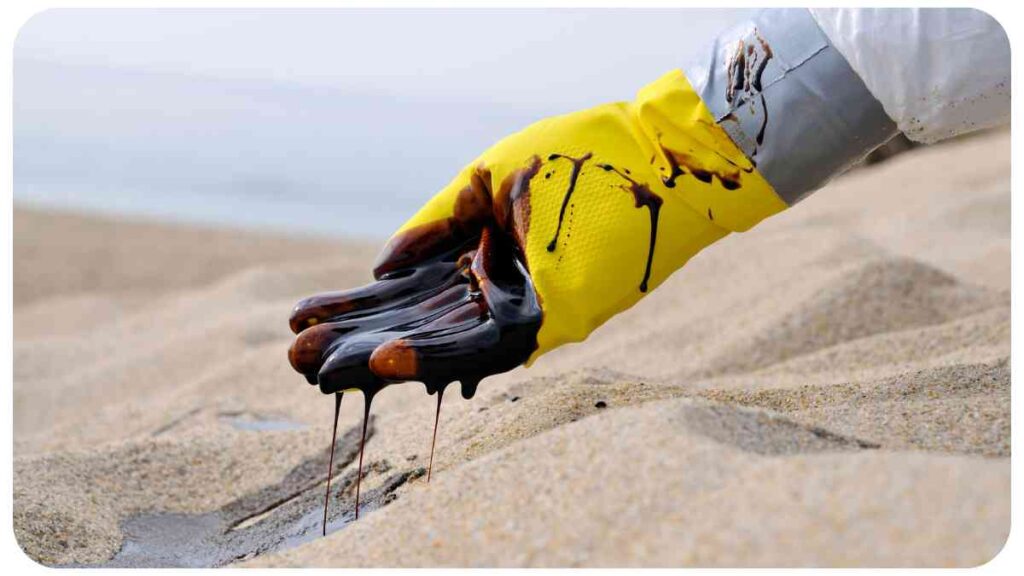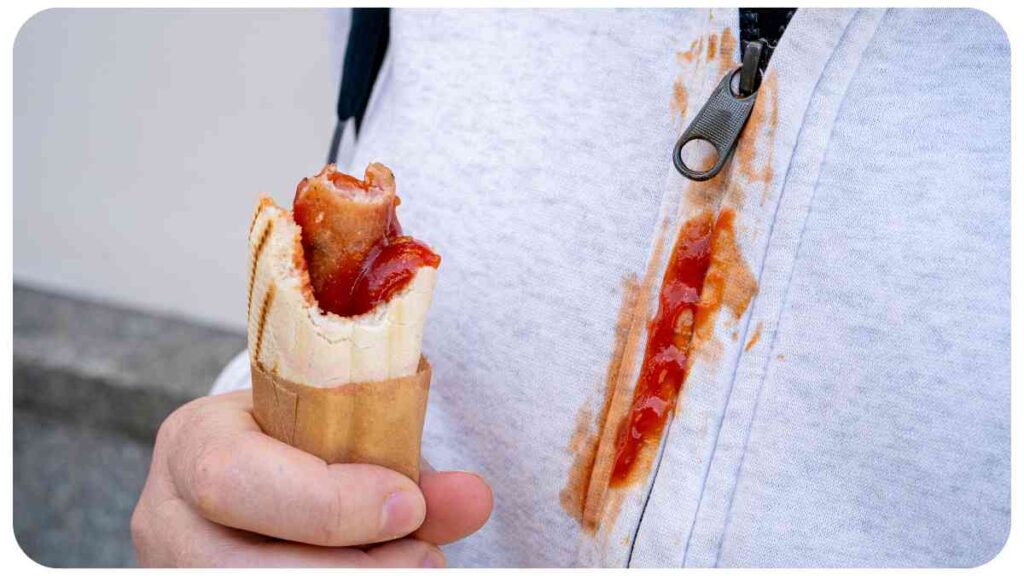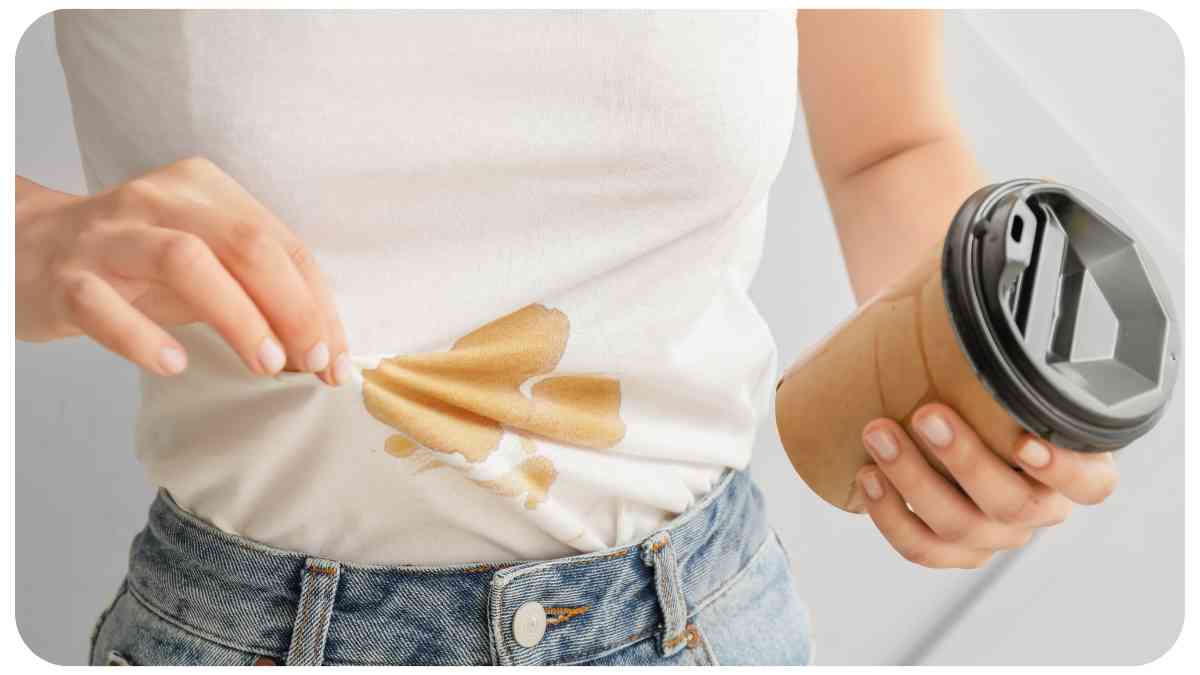Having white clothes in your wardrobe can be both fashionable and versatile. However, they are also prone to getting stained easily. In this comprehensive guide, we will explore various methods and techniques to effectively remove different types of stains from white clothes.
By following these tips and tricks, you can maintain the pristine whiteness of your garments and prolong their lifespan.
| Takeaway |
| Prompt action is crucial for successful stain removal. |
| Pre-treat stains using stain remover or liquid detergent before laundering. |
| Different types of stains require specific removal techniques. |
| Sort white clothes from colored items when doing laundry to prevent color bleeding. |
| Use the right detergent for white clothes to maintain brightness. |
| Bleach should be used with caution and only on fabrics labeled safe for bleaching. |
| Sunning white clothes can help keep them bright and fresh. |
| Store white clothes in a clean and dry area to prevent yellowing. |
| Act swiftly to prevent stains by avoiding eating while dresses or being mindful of activities that may stain. |
| Regular maintenance, including spot cleaning and routine laundering, helps prevent deep-set stains. |
Understanding Different Types of Stains
Before delving into the stain removal process, it’s crucial to understand the different types of stains you may encounter. Stains can vary from food and beverage spills to grease and oil marks, ink and marker stains, blood and sweat spots, and even grass and mud smudges. Each type of stain requires a different approach for effective removal.
Revamp your wardrobe with these 15 DIY Fashion Projects and explore new ways to style your white clothes into trendy fashion statements.
Pre-treating Stains
To increase the chances of successfully removing stains, it’s essential to pre-treat them as soon as possible. Prompt action can prevent the stain from setting deep into the fabric. Begin by gently scraping off any excess substance, being careful not to rub it further into the fibers. Then, follow these pre-treatment steps:
- Identify the stain and check for any specific instructions (e.g., temperature limitations, special detergents) for treating that particular type of stain.
- Begin by rinsing the stain under cold water to loosen and flush out as much of the stain as possible.
- Apply a small amount of stain remover or liquid detergent directly onto the affected area and gently rub it in using your fingertips or a soft brush. Allow it to sit for a few minutes, depending on the instructions.
- Rinse the treated area again under cold water to remove any residual stain remover or detergent.
General Stain Removal Techniques

Table: Common General Stain Removal Techniques
| Stain | Technique |
| Coffee | Blot with cold water and dab with white vinegar |
| Tea | Rinse with cold water and treat with lemon juice |
| Wine | Blot with absorbent cloth, sprinkle salt, and rinse with cold water |
| Tomato Sauce | Pre-treat with liquid detergent, rinse, and launder as usual |
| Chocolate | Scrape off excess, pre-treat with liquid detergent, and rinse |
| Makeup | Treat with rubbing alcohol or pre-wash stain remover |
| Rust | Apply lemon juice and salt, let sit, and rinse thoroughly |
By utilizing these general stain removal techniques, you can tackle the most common types of stains encountered on white clothes. However, certain stains require specific treatments for optimal results.
Specific Stain Removal Techniques
Food and Beverage Stains
Food and beverage stains can be particularly stubborn, leaving behind unsightly marks on your white clothes. The key is to act swiftly and treat the stains appropriately. Refer to the following table for effective methods to remove common food and beverage stains from your garments.
Looking to tackle acne-prone skin? Check out these Best Skincare Products specifically curated to help you maintain clear and stain-free white clothes effortlessly.
Table: Common Food and Beverage Stains and Methods for Removal
| Stain | Technique |
| Coffee and Tea | Blot with cold water, apply stain remover, and launder |
| Red Wine | Blot with white wine, sprinkle salt, and rinse |
| Tomato Sauce | Pre-treat with liquid detergent, rinse, and launder |
| Chocolate and Syrup | Scrape off excess, apply dish soap, and rinse |
| Berries | Soak in cold water and dab with lemon juice |
Grease and Oil Stains

Grease and oil stains can be quite tricky to remove from white clothes. The key is to address these stains as soon as possible to prevent them from setting into the fabric. Check out the table below for effective methods to tackle grease and oil stains.
Table: Effective Methods to Remove Grease and Oil Stains
| Stain | Technique |
| Cooking Oil | Apply dishwashing liquid, scrub, and rinse |
| Butter | Scrape off excess, apply liquid detergent |
| Salad Dressing | Pre-treat with stain remover or dish soap |
| Mechanic’s Grease | Apply rubbing alcohol and rinse |
| Lipstick | Pre-treat with dish soap and cold water |
Ink and Marker Stains
Ink and marker stains can be particularly stubborn and ruin the appearance of your white clothes. However, with the right techniques, you can successfully eliminate these stains. Refer to the table below for recommended methods to remove ink and marker stains.
Table: Recommended Techniques to Remove Ink and Marker Stains
| Stain | Technique |
| Pen Ink | Apply rubbing alcohol, blot, and launder |
| Permanent Marker | Apply hand sanitizer and gently rub, then rinse |
| Ballpoint Pen | Pre-treat with dishwashing liquid and rinse |
| Highlighter | Blot with rubbing alcohol and rinse |
| Whiteboard Marker | Dab with acetone-based nail polish remover, then rinse |
Blood and Sweat Stains
Blood and sweat stains can be challenging to remove from white fabrics. If left untreated, these stains can become even more difficult to eradicate. Refer to the table below for effective techniques to tackle blood and sweat stains.
Table: Techniques for Removing Blood and Sweat Stains
| Stain | Technique |
| Blood | Pre-treat with hydrogen peroxide, rinse, then launder |
| Sweat | Apply white vinegar, let it sit, rinse, and launder |
| Deodorant | Rub with lemon juice, rinse, and launder |
| Perspiration Stains | Pre-treat with liquid detergent, let it sit, rinse, and launder |
| Yellow Sweat Stains | Create a paste with baking soda and water, scrub, rinse, and wash |
Grass and Mud Stains
Grass and mud stains can seem daunting, especially on white clothing. But with the right approach, you can effectively conquer these stubborn stains. Take a look at the table below for methods to remove grass and mud stains.
Table: Methods for Removing Grass and Mud Stains
| Stain | Technique |
| Grass Stains | Pre-treat with liquid detergent, scrub, rinse, and launder |
| Mud Stains | Let the mud dry, brush off the excess, pre-treat, and wash |
Laundry Tips for White Clothes
In addition to stain removal techniques, proper laundry practices are essential to keeping your white clothes looking their best. Here are some useful tips to ensure optimal care for your white garments:
- Sort by Color: When doing laundry, separate your white clothes from colored items. Washing white clothes separately prevents color bleeding and maintains the brightness of your whites.
- Use the Right Detergent: Choose a high-quality detergent specifically formulated for white clothes. Look for detergents with brightening agents or additives that help remove stains and keep your whites looking vibrant.
- Optimal Water Temperature: Generally, using hot water can help remove stains and kill germs. However, always check the clothing label for washing instructions. Some delicate white fabrics may require cold or lukewarm water to prevent damage.
- Bleach with Caution: Bleach can be a powerful tool for whitening clothes, but it should be used selectively and with care. Read the clothing label and follow the instructions provided. Alternatively, you can use oxygen bleach, which is milder and safer for most fabrics.
- Sunning Whites: After washing, hang your white clothes outside in the sun to dry. Sunlight has a natural bleaching effect that can help keep your whites bright and fresh. Just be cautious with delicate fabrics that may be sensitive to direct sunlight.
- Storage: Store your white clothes in a clean and dry area. Avoid using plastic bags or containers that can trap moisture and lead to yellowing. Opt for breathable fabric storage bags or store your clothes on hangers.
Stain Prevention and Maintenance Tips

Preventing stains on white clothes is just as important as knowing how to remove them. Here are some additional tips to keep your white clothes stain-free:
- Treat Stains Immediately: Act swiftly when spills occur to prevent the stain from setting. Keep stain removal products handy, and always follow the pre-treating steps mentioned earlier.
- Avoid Eating While Dressed: Be cautious when eating or drinking while wearing white clothes. Accidents can happen, and prevention is always better than stain removal.
- Be Mindful of Activities: Be conscious of activities that may put your white clothes at risk of staining. Whether it’s cooking, gardening, or playing sports, consider wearing an apron or protective clothing.
- Check Cleaning Products: Some cleaning products, such as certain bleaches or acne medications, may contain ingredients that can cause discoloration or yellowing. Be mindful of the products you use and their potential impact on your white clothes.
- Regular Maintenance: Keep up with routine maintenance by spot cleaning and regularly laundering your white clothes. This helps prevent deep-set stains and keeps them looking their best.
Stay on top of the latest nail art trends for 2023 with this Ultimate Guide, and show off your beautifully manicured hands in your pristine white clothes.
Conclusion
Maintaining the pristine whiteness of your clothes can be a challenge, but with the right knowledge and techniques, it becomes easier. By understanding the various types of stains, pre-treating them effectively, and following appropriate stain removal methods, you can keep your white clothes looking fresh and clean. Additionally, adopting proper laundry practices, preventing stains whenever possible, and incorporating regular maintenance will ensure that your whites stay bright and beautiful. Enjoy your stain-free white clothes!
Further Reading
Here are some additional resources for further reading on removing stains from white clothes:
How to Remove Old Stains from White Clothes: This article provides detailed instructions on removing stubborn stains from white clothes, including old and set-in stains.
10 Quick Tips for Removing Stains from Clothing: Discover quick and handy tips for effectively removing stains from various types of clothing, including white garments.
Removing Stains from Fabrics: Better Homes & Gardens provides comprehensive information on stain removal techniques for different types of fabrics, including tips specifically for white clothes.
FAQs
Here are some frequently asked questions about removing stains from white clothes:
Can I use bleach on all types of white clothes?
Bleach should be used with caution and only on fabrics that are labeled as safe for bleaching. Some delicate or colored fabrics may be damaged or discolored by bleach. Always check the clothing label for specific instructions.
How should I remove coffee stains from white clothes?
For coffee stains, start by blotting the stain with cold water, then dabbing it with white vinegar. Rinse the area with cold water and launder as usual.
Achieve salon-quality manicures at home with guidance from the Ultimate Guide to At-Home Manicures, ensuring your nails complement your stain-free white clothes perfectly
What’s the best way to remove grass stains from white clothes?
To remove grass stains, pre-treat the area with liquid detergent, gently scrub it, rinse, and then launder the garment. For stubborn stains, you can also try using a mixture of baking soda and water as a paste before washing.
How can I prevent sweat stains on white shirts?
To prevent sweat stains, consider wearing undershirts or garment liners that absorb sweat. You can also apply antiperspirant or wear sweat-resistant fabrics that wick away moisture.
How do I remove ink stains from white clothes?
To remove ink stains, apply rubbing alcohol to a clean cloth and gently blot the stain. Rinse the area with cold water and launder the garment as usual. Repeat the process if necessary.
Remember, each fabric and stain may require different approaches, so it’s always recommended to test any cleaning method on a small, inconspicuous area of the garment before applying it to the entire stain.

Hi, you! I’m Hellen James. I’m a beauty and fashion writer who loves to make the world a little more stylish and I’d love for you to join me in the fun! I’ve been writing about beauty and fashion since I was a kid, but it wasn’t until recently that I really knew what it meant to be a real expert.

